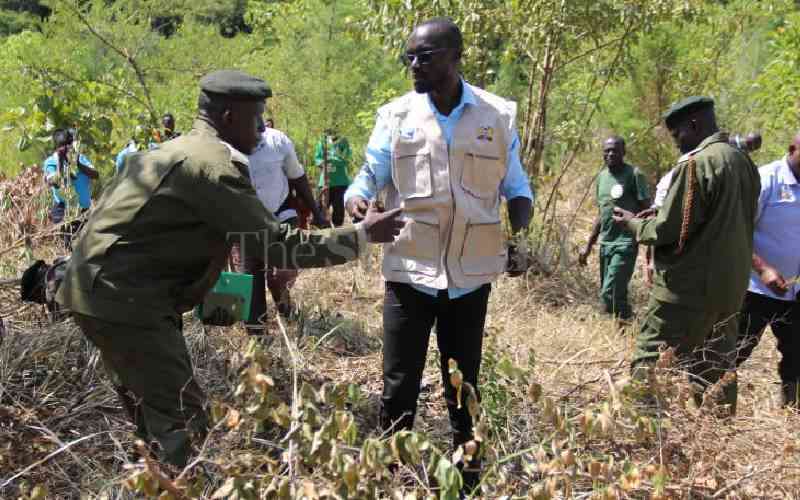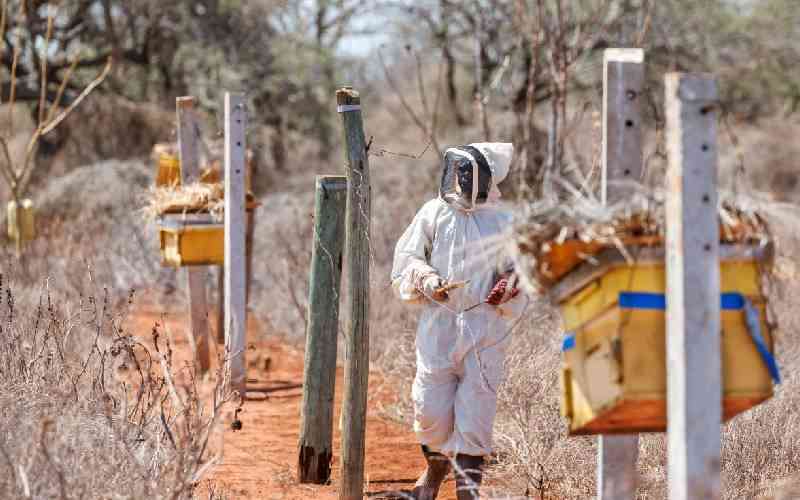A rapid loss of the world’s ecosystems has reawakened the urgency for their restoration and rehabilitation.
According to a report released by the Unep, nearly one third of the world’s ecosystems has already been transformed or destroyed, another third lies heavily fragmented, while the rest is under siege from pollution and invasive species.
Human threats to the environment in the form of pollution, climate change, unsustainable harvest and the introduction of exotic invasive species are cited as factors that are rapidly destroying these dynamic complexes of plants, animals, micro organisms and humans.
According to the report, ecosystems ensure pollination, which is crucial for agriculture, as well as water supply for irrigation, household use, cooling in industrial processes, transport, and dilution of toxic substances.
They are also critical to health and a much-needed help for 80 per cent of populations in developing countries who rely on traditional plant-based medicines for basic healthcare.
But just why is the restoration of ecosystems needed? Studies have shown that the degradation of ecosystems, often due to prolonged contamination, damage from development and other human activities leads to direct costs over time, besides lower productivity and food insecurity, which threatens sustainable development.
For instance, without a functioning natural ecosystem, the world’s water supply for food production would collapse, endangering lives of billions and resulting in a crisis in the global financial system.
Restoration has been defined as the re-establishment of an eco-system’s original structure, productivity and species diversity, but it is not a substitute to conservation.
Conservation, is still viewed, by far as the most cost efficient way to secure services provided by ecosystems, particularly in areas with a high degree of land pressures and development.
Although it is often hoped that with time the functions of a restored habitat will closely match those of the original, there are cases where such projects have failed or resulted in new problems such as introducing pests.
To mitigate such effects, guidelines, which include conceptual planning, preliminary tasks, implementation plans and evaluation, have been set.
Conceptual planning identifies the restoration project site and provides relevant background information, including stakeholder involvement.
Preliminary tasks include the documentation of the site’s conditions, while a description of the tasks to be undertaken is addressed by the implementation plans.
Stay informed. Subscribe to our newsletter
 The Standard Group Plc is a
multi-media organization with investments in media platforms spanning newspaper
print operations, television, radio broadcasting, digital and online services. The
Standard Group is recognized as a leading multi-media house in Kenya with a key
influence in matters of national and international interest.
The Standard Group Plc is a
multi-media organization with investments in media platforms spanning newspaper
print operations, television, radio broadcasting, digital and online services. The
Standard Group is recognized as a leading multi-media house in Kenya with a key
influence in matters of national and international interest.
 The Standard Group Plc is a
multi-media organization with investments in media platforms spanning newspaper
print operations, television, radio broadcasting, digital and online services. The
Standard Group is recognized as a leading multi-media house in Kenya with a key
influence in matters of national and international interest.
The Standard Group Plc is a
multi-media organization with investments in media platforms spanning newspaper
print operations, television, radio broadcasting, digital and online services. The
Standard Group is recognized as a leading multi-media house in Kenya with a key
influence in matters of national and international interest.








